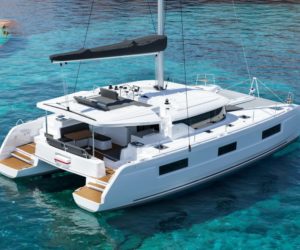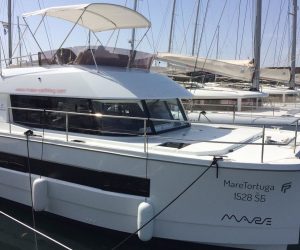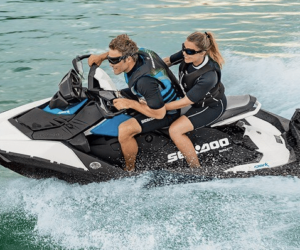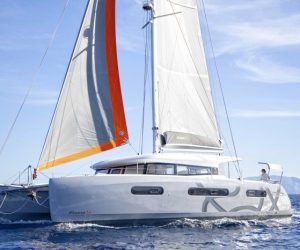Wreck diving in Istria

The top wreck diving spots in Istria
1. Wreck of the Baron Gautsch
The wreck of the Baron Gautsch is one of the best-known and best-preserved wrecks in the Adriatic. It lies about 8 kilometres off the coast of Rovinj at a depth of 28 to 40 metres. The Baron Gautsch, a passenger ship from the Austrian Lloyd fleet, sank in 1914 during the First World War after hitting a mine. Today it is a paradise for wreck divers, surrounded by colourful shoals of fish and rich in marine life.
Tip: Due to the depth and the often strong current, this dive is recommended for experienced divers. Visibility is usually better in the summer months.
2. Wreck of the Giuseppe Dezza
The Giuseppe Dezza, originally built as a torpedo boat for the Italian navy, was later converted into a minesweeper. It was sunk by a British aircraft in 1944 and now lies at a depth of 33 metres south of Rovinj. The wreck is relatively well preserved and divers can gain interesting insights into the structure of the ship.
Tip: This spot is ideal for divers who enjoy exploring the details and history of a warship. The moderate depth also makes it suitable for advanced beginners.
3. Wreck of the Coriolanus
The Coriolanus, a British minesweeper, was sunk by a mine in 1945. The wreck is located at a depth of 11 to 25 metres near Novigrad and is particularly known for its good visibility and rich biodiversity. The wreck is broken into several pieces, which makes it particularly interesting for exploration.
Tip: Due to the relatively shallow depth and good visibility, this spot is also suitable for less experienced divers. It is advisable to take an underwater camera with you to capture the many different fish and plants.
4. Wreck of the Hans Schmidt (Istra)
The Hans Schmidt, also known as the Istra, is a German cargo ship that sank in 1943 after hitting a mine. The wreck lies at a depth of 30 to 40 metres off Pula. With its length of over 100 metres, it offers divers the opportunity to navigate through the decks and explore the fascinating remains.
Tip: This dive requires good buoyancy control and experience in wreck diving, as entering the ship’s holds can be a challenge. Always dive with an experienced guide to ensure safety.
5. Wreck of the Flamingo
The Flamingo, a small passenger ship, sank in the 1980s near Medulin. The wreck lies at a depth of 20 metres and is known for its impressive remains, which are overgrown with marine life. It offers a rather leisurely dive with many photographic opportunities.
Tip: Due to the shallower depth, this spot is ideal for beginners and divers who want to specialise in wreck diving. However, be aware of possible currents that can occur in the area.
Important tips for wreck diving in Istria
1. Preparation and safety
Wreck diving can be challenging due to the depth, currents and complexity of the wrecks. It is important that divers are well prepared and experienced. Before you set off, you should make sure that your diving equipment is in perfect condition and that you have the necessary certificates and experience.
2. Knowledge of the diving conditions
Always check the current weather and diving conditions in advance. Currents can be strong and visibility can vary depending on the time of year. Local diving schools and centres are a good source of up-to-date information and can also offer guided dives.
3. The right equipment
For wreck dives, you will need special equipment such as a good diving torch to explore the dark areas of the wrecks, as well as a reserve air source. A dive computer and an underwater camera can also be useful to make your dives safer and more exciting.
4. Responsible diving
Wrecks are sensitive underwater habitats and historical sites. Divers should take care not to damage the wrecks and the surrounding marine environment. Do not touch corals or marine life and do not take anything from the wreck to the surface.
5. Diving with a guide
Even experienced divers benefit from the local knowledge of a dive guide. An experienced guide can help you find the best parts of the wreck and ensure safety. Many diving centres in Istria offer guided dives to the most famous wrecks.
6. Respect for the law
It is important to comply with local laws and regulations. In Croatia, there are specific regulations for diving on historical wrecks, and divers often need permits. Make sure you have the necessary paperwork before you go into the water.
Our summary
Istria offers some of the best wreck diving spots in the Adriatic, from historic warships to passenger ships that have been reclaimed by nature. Whether you are an experienced diver or a beginner, you will be amazed by the diversity and richness of the underwater world. With the right preparation and respect for the marine environment, you can experience unforgettable adventures. Dive in and discover the fascinating stories that lie hidden beneath the surface of the blue Adriatic.
















